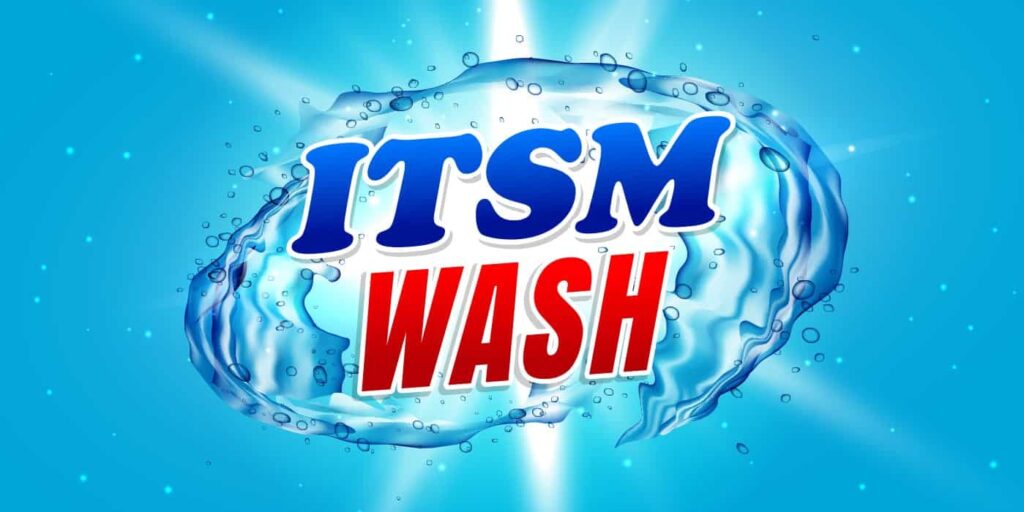Let’s talk about good ITSM hygiene. When it comes to the introduction of artificial intelligence (AI) into IT service management (ITSM), the question is not “if?” but “when?”. And the answer to “when?” is not “someday”; the answer is “now”. Over the last year, many ITSM tool vendors have incorporated AI capabilities within their products, in the form of digital assistants, orchestration and automation, and machine learning.
But if your organization has not practiced good ITSM hygiene, you’ll find yourself working incredibly hard trying to catch up, just to position yourself to take advantage of AI.
AI-based technologies demand good data and information to work effectively. But good AI won’t magically fix bad ITSM. This is why practicing good ITSM hygiene is so important – not just for delivering good ITSM, but also to enable and facilitate AI adoption. Why is good ITSM hygiene so important for enabling AI use? The answer is in the data-information-knowledge-wisdom DIKW model.
What does DIKW have to do with AI and ITSM?
ITSM practitioners are hopefully familiar with the DIKW model.
The data-information-knowledge layers represent both current and historical information. It’s within these layers that ITSM practitioners traditionally operate. ITSM practitioners become aware of data and information, and attempt to apply their individual knowledge (or perhaps knowledge found in a repository) in reaction to that data and information.
Where does this data and information come from? Some of it comes from sources such as monitoring tools or network management systems. But a significant amount of the data and information used by ITSM practitioners comes from ITSM itself, via constructs such as incident or change records, configuration items (Cis) and their relationships to other CIs, known error records, knowledge articles, and so on.
Leveraging the data and information found within the ITSM environment to address ITSM issues makes sense. But this approach is not without challenges. First, knowledge sharing is voluntary. Some people are unwilling to share what they know for fear that they’ll no longer be valued by their organization. As a result, organizations often find themselves repeatedly solving the same known issues.
This approach is also vulnerable to individual perception and interpretation. Because there are varying levels of knowledge within an organization, knowledge is applied (or not) solely on how the individual interprets the data and information in front of them.
However, perhaps one of the most significant challenges is the lack of good ITSM hygiene. If the data and information captured within the knowledge article or incident record or other ITSM artifact is of poor quality, then the resulting actions will likely be of poor quality. This means rework, recurring issues, and poor end-user satisfaction.
What’s good ITSM hygiene?
Good ITSM hygiene requires that everyone involved with ITSM take a disciplined approach to capturing and recording data and information. Good ITSM hygiene is about doing the right things right. Examples of good ITSM hygiene include:
- Good notes on incident records; not just entries like “fixed the issue” when an incident is resolved.
- Defined change and request models, including the conditions for needed authorizations.
- A configuration management database (CMDB) that accurately represents how components underpin services and not just a discovery of every bit and byte found on the network.
- CIs that contain meaningful and accurate attribute data.
- Well-defined deployment models, including remediation actions in the event of a failed deployment.
- Knowledge articles that are relevant, meaningful, contextual, accurate, and current.
The impact of AI on (good) ITSM
The introduction of AI-related technologies, such as digital assistants, machine learning, and automation and orchestration can radically change the way that ITSM is done. AI technologies can also change how ITSM is perceived within organizations.
The introduction of AI on good ITSM will result in the removal of the burden of repetitious, tedious, administrivia from people’s daily work. It will result in knowledge being applied consistently, and the detection of patterns from within the huge amounts of management data that’s currently available (but untapped), and proactively take automated actions.
But perhaps the most significant impact of AI on good ITSM is that it will free up people’s time so that they can work within the “wisdom” layer of the DIKW model.
That’s not to say that wisdom is non-existent among ITSM practitioners. Wisdom is often the byproduct of time and experience, which enables seasoned practitioners to answer the “why do?” and “know why?” questions. But unless that wisdom is shared – remember, sharing is voluntary – wisdom becomes transactional and is quickly lost. And if ITSM practitioners are spending the bulk of their time at the data-information-knowledge layers, when do they have the time to look ahead? When do they have the time to develop strategies and evaluate opportunities? When do they have the time to do what people do best – innovate, imagine, and create?
This is the promise of AI-enabled ITSM solutions. AI will augment good ITSM by codifying existing knowledge, based on historical data and information. AI can also develop new knowledge from new data and information, at a scale far greater than human effort could ever achieve. This will enable people to work at the wisdom level. No longer will people have to toil at the data-information level, because knowledge becomes consistently captured and applied. AI-enabled ITSM will take on the data-information-knowledge work currently done by ITSM practitioners, freeing up time for ITSM practitioners to work at the wisdom level.
Good ITSM hygiene is important now – but even more important tomorrow
Good ITSM is an enabler that results in the co-creation of value within an organization. And while good ITSM will enable an organization to exploit AI technologies, good AI won’t fix bad ITSM. If you’re not practicing good ITSM hygiene, your newly-purchased AI tool will only have bad data and information from which to act upon and learn.
Some AI-enabled solutions do provide capabilities to facilitate its introduction, such as crowd-sourced knowledge articles or AI-aided workflow design. But wouldn’t having your ITSM house in order be a better place from which to start your introduction of AI?
Here are some easy things you can do now to improve your ITSM hygiene:
- Record findings and actions within incident records. While I’m not advocating that you write a book for every incident resolution, answering the 5 Ws (who, what, when, where, why) and the “how” an incident was resolved is an effective approach for practicing good hygiene.
- Similarly, review what’s in your knowledge base. Do your knowledge articles clearly, yet simply, answer the 5 Ws? Do you have knowledge articles that are stale or no longer relevant? It’s time to clean those out!
- Define services in terms of value and outcomes, not things or activities. By defining services in terms of value and outcomes, you improve the perception of how IT contributes to value co-creation. You’ll also gain clarity on what really needs to be in your CMDB – those CIs that underpin the delivery of services – and avoid the collection of garbage that usually results from treating a discovery as the basis for a CMDB.
- Define your goals and objectives for the use of AI, then look at the marketplace. How can you best exploit the capabilities of those tools to achieve those goals and objectives? How can ITSM hygiene improvements facilitate the introduction of these AI-enabled capabilities within your organization?
Now is the time to leverage AI in your ITSM environment. And practicing good ITSM hygiene will help you realize the benefits of AI so much sooner.
Doug Tedder
Doug Tedder is the principal of Tedder Consulting LLC, and is an accomplished and recognized leader who is equally adept in interactions from senior leadership to day-to-day practitioners.
Doug holds numerous industry certifications in disciplines ranging from ITIL, COBIT, Lean IT, DevOps, and Organizational Change Management. An active volunteer within the IT Service Management community, Doug is a frequent speaker and contributor at local industry user group meetings, webinars, and national conventions. Doug is also a member, former president, and current board member for itSMF USA as well a member of HDI.

